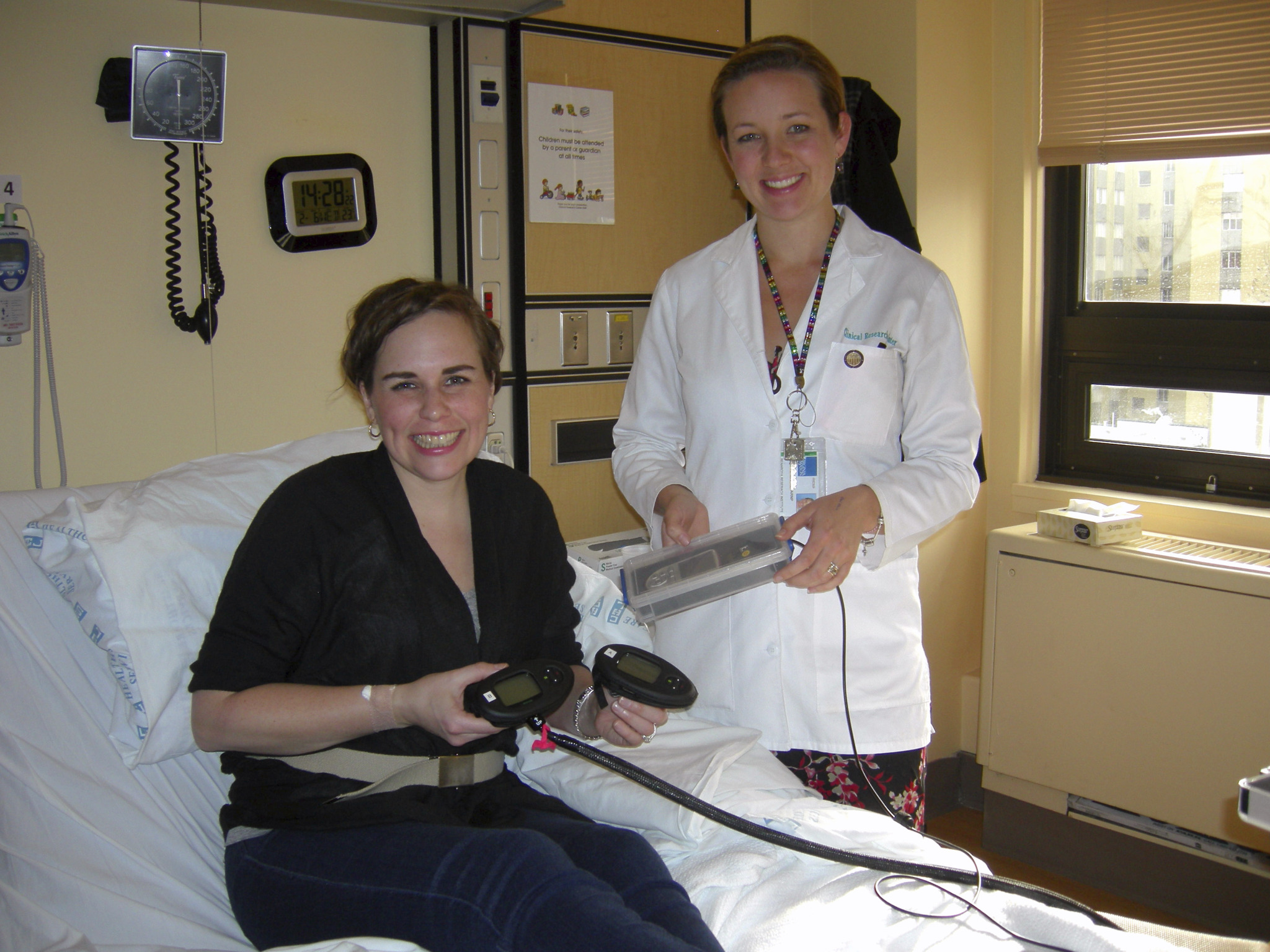Dana VanBuecken Understands Type 1 Diabetes from the Inside-Out

Within the type 1 diabetes community, the most memorable discussion for many patients is when your doctor sits you down, test results in hand, and tells you that you are now one of the million Americans diagnosed with type 1 diabetes (T1D).
For Dana VanBuecken, ARNP, these conversations are one of her daily tasks. And as someone who vividly remembers that same exchange when she herself was diagnosed with T1D, it is a responsibility that can weigh heavily.
“That’s probably the hardest part of my job, telling someone they are going to develop type 1 diabetes. This is not a phone call you want to get,” said Dana, who openly shares her diagnosis with patients. “I feel that I have this privilege to be a resource and sounding board for them when they first learn this difficult information. I come from a unique place.”
Dana is a research nurse practitioner and member of the Diabetes Clinical Research Program (DCRP) at Benaroya Research Institute at Virginia Mason (BRI). She screens people through Type 1 Diabetes TrialNet, an international network aimed to stop disease progression by preserving insulin production before and after type 1 diabetes diagnosis. TrialNet, supported by JDRF, offers free screening to family members of people with type 1 diabetes, who are 15 times more likely to develop the disease than the general population.
“If two diabetes autoantibodies are present, it is an indication the individual will probably progress to symptomatic, or stage 3, diabetes in their lifetime,” Dana said.
In late 2016, JDRF, the American Diabetes Association, and the Endocrine Society recommended a new staging classification for T1D, meaning that people at risk for developing it can be identified before systems and damage to the pancreas occur. This decreased the risk of being diagnosed in DKA from 30 percent to three percent, offering a window of opportunity for intervention and prevention.
In Stage 1, people have multiple autoantibodies, no symptoms of diabetes and their body can process glucose normally. In Stage 2, people have abnormal glucose tolerance but still no symptoms. In Stage 3, people develop symptoms such as weight loss, polyuria (excessive urination) or polydipsia (excessive thirst). Because of JDRF funding, BRI is able to offer clinical trials for people at any stage of T1D, including trials like Abatacept, for those in Stage 1, aiming to preserve insulin production.
When Dana is not educating participants about their risk of developing T1D, she uses her nursing background to monitor them as they start treatment plans, ensuring they don’t have adverse reactions to medication. In addition to working directly with clinical trial participants at the Clinical Research Center in Virginia Mason, Dana works with DCRP researchers to help design the clinical trial studies participants become enrolled in, exposing Dana to both the medical-patient side and the scientific research side of the fight against type 1 diabetes – “a fusion of both worlds.”
Dana collaborates on several JDRF-funded initiatives, from the Extend (tocilizumab) Study for new-onset T1D with the Immune Tolerance Network, to an artificial pancreas project through Dose Safety. But working with families and helping them better understand and cope with their diagnosis is what she is most passionate about.
Written By: Hannah Nesich, Communications Coordinator, Benaroya Research Institute at Virginia Mason
